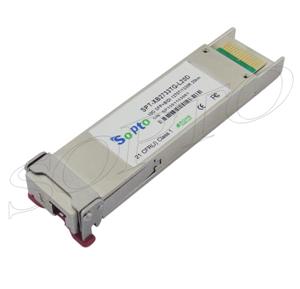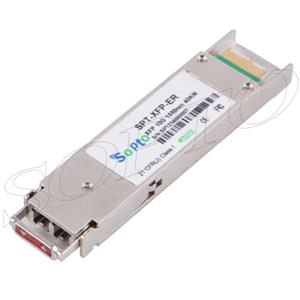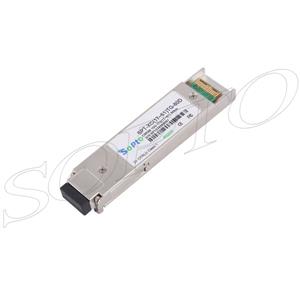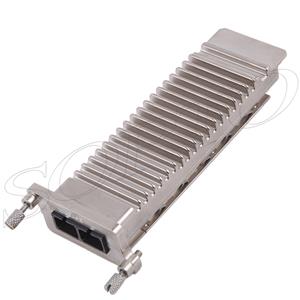-

- Sopto Home
-

- Special Topic
-

- Module Knowledge
-

- Fiber Optic Amplifiers Information
Module Knowledge
- Tips for Buying 10G XFP Transceivers
- XFP Transceivers for Telecommunications
- Three Types of Ethernet SFP Transceiver Modules Introduction
- Info about High Density CXP Optical Module
- Multipurpose CFP Optical Modules
- Info about CFP Management Interface
- SFP+ Transceivers Short Range Module Overview
- 3 Reasons Every Network Needs GLC-LH-SM Transceiver
- Is the GLC-SX-MM Transceiver Right for Your Switch?
SOPTO Special Topic
Certificate



Guarantee
Except products belongs to Bargain Shop section, all products are warranted by SOPTO only to purchasers for resale or for use in business or original equipment manufacturer, against defects in workmanship or materials under normal use (consumables, normal tear and wear excluded) for one year after date of purchase from SOPTO, unless otherwise stated...
Return Policies
Defective products will be accepted for exchange, at our discretion, within 14 days from receipt. Buyer might be requested to return the defective products to SOPTO for verification or authorized service location, as SOPTO designated, shipping costs prepaid. .....
Applications
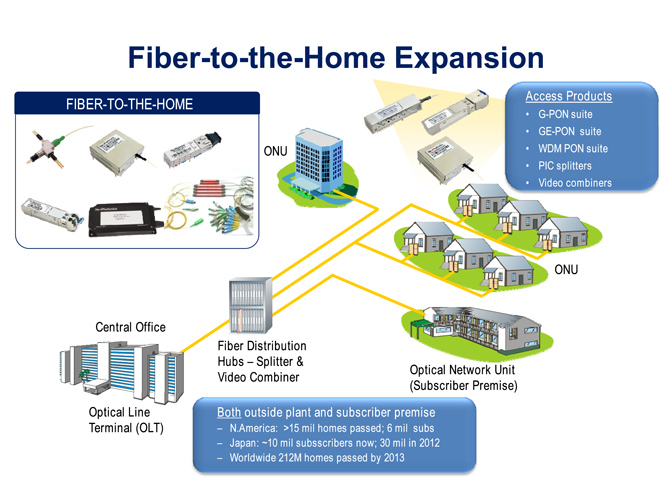 Fiber Optic Transceiver Modules can be applied to these occasions or fields.
Fiber Optic Transceiver Modules can be applied to these occasions or fields.
Ethernet
IPTV
FTTX
Security
Video Monitor
SDH/SONET
Data Communication
Storage Area Networks
SOPTO Products
- Fiber Optic Transceiver Module
- High Speed Cable
- Fiber Optical Cable
- Fiber Optical Patch Cords
- Splitter CWDM DWDM
- PON Solution
- FTTH Box ODF Closure
- PCI-E Network Card
- Network Cables
- Fiber Optical Adapter
- Fiber Optical Attenuator
- Fiber Media Converter
- PDH Multiplexers
- Protocol Converter
- Digital Video Multiplexer
- Fiber Optical Tools
- Compatible
Performance Feature
Stable
Low cost
Small size
Economic
Dust-proof
High speed
Hot-pluggable
Good EMI, EMC
Wide appliaction field
DDM function available
Long transmission distance
Good Anti-static performance
Module Knowledge
Recommended
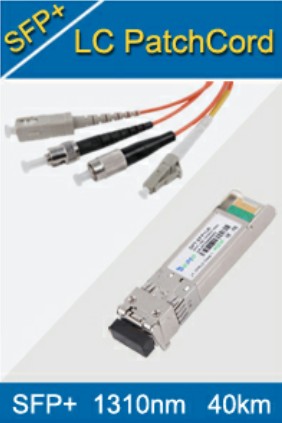
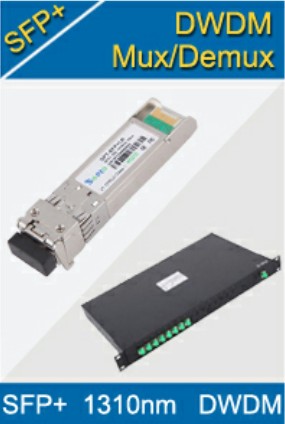
Fiber Optic Amplifiers Information
Fiber optic amplifiers re-amplify an attenuated signal without converting the signal into electrical form. Common fiber optical amplifiers include erbium doped fiber amplifiers (EDFA), Raman fiber amplifiers, and silicon optical amplifiers (SOA). Fiber amplifiers are developed to support dense wavelength division multiplexing (DWDM) and to expand to the other wavelength bands supported by fiber optics. EFDA fiber optic amplifiers function by adding erbium, rare earth ions, to the fiber core material as a dopant; typically in levels of a few hundred parts per million. The fiber is highly transparent at the erbium lasing wavelength of two to nine microns. When pumped by a laser diode, optical gain is created, and amplification occurs.
When light is transmitted through matter, part of the light is scattered in random directions. A small part of the scattered light has frequencies removed from the frequency of the incident beam by quantities equal to the vibration frequencies of the material scattering system. Raman fiber optic amplifiers function within this small scattering range. If the initial beam is sufficiently intense and monochromatic, a threshold can be reached beyond which light at the Raman frequencies is amplified, builds up strongly, and generally exhibits the characteristics of stimulated emission. This is called the stimulated or coherent Raman Effect.
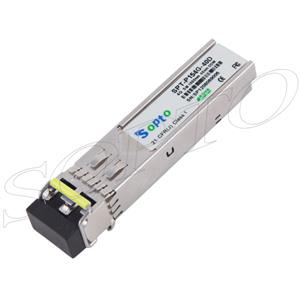
4.25Gbps SFP Optical Transceiver, 40km Reach
Silicon or semiconductor fiber optic amplifiers (SOA) function in a similar way to a basic laser. The structure is much the same, with two specially designed slabs of semiconductor material on top of each other, with another material in between them forming the 'active layer.’ An electrical current is set running through the device in order to excite electrons which can then fall back to the non-excited ground state and give out photons. Incoming optical signal stimulates emission of light at its own wavelength. SOA can be classified into two groups, Fabry-Perot Amplifiers (FPA) and Traveling Wave Amplifiers (TWA). The difference is the reflectivity coefficient value of both mirror surfaces.
Optics and optical components covers all manner of devices that are used to manipulate or control light. These components either use electrical or electronic means to manipulate light, such as occurs with lasers, diodes, photomultipliers optoelectronic sensors, and fiber optic amplifiers, or they can force the manipulation via material means. This second grouping includes items such as lenses, filters, beam splitters, mirrors, diffusers, plates, prisms, and windows. A subgroup of this category is fiber optics. This grouping includes all products that are used to transmit light via transparent glass or plastic fibers. Items within the optics and optical components category fall into four loose families: light sources, optical components, optoelectronics, and fiber optics.
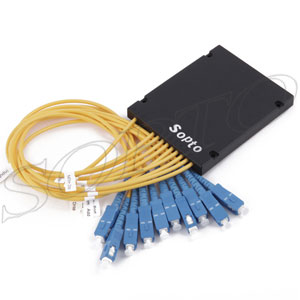
Optical light sources include lasers, diodes, fiber optic amplifiers, and lamps; items that when excited, produce or radiate light. The light produced can be in the visible range (as with diode lasers and laser pointers) or within the infrared (for example, helium neon lasers) or ultraviolet ranges (excimer lasers) of the spectrum.
For more info, please browse our website. For purchasing more fiber optical transceiver modules, please contact a Sopto representative by calling 86-755-36946668, or by sending an email to info@sopto.com.
You May Like:





-180x180.JPG)

